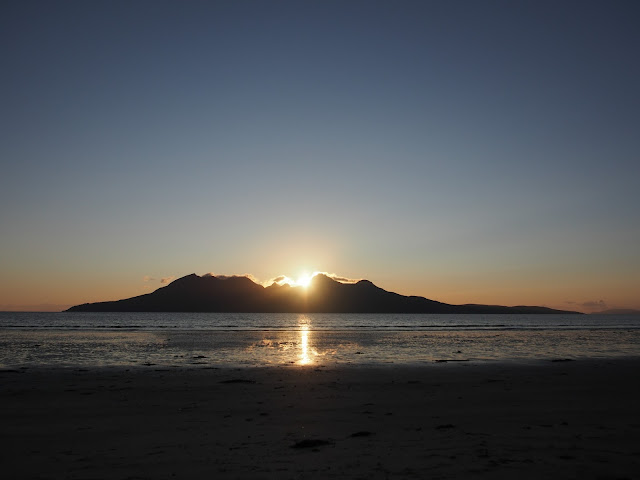The Nature of Wyre is a stunning 300 page hardback documenting the natural history of arguably the finest and most biodiverse example of ancient woodland remaining in England; the culmination of many years worth of recording by expert naturalists across Worcestershire. I've had this one on my wish list since it was published back in
December, but last week I finally went ahead and added it to the
bookshelf.
Pages and pages worth insect, plant, lichen and fungi species accounts will prove a worthy addition to any wildlife enthusiast/pan-species lister's bookshelf, and you don't need any prior knowledge of the forest to be able to appreciate sublime photography from John Robinson, Patrick Clements, Oliver Wadsworth and John Bingham to name but a few. The £40 price tag is a minor niggle, but then what else would I have realistically spent that money on? Food shopping? Gas bills? Course fees? Probably, but those things are boring.
I've only visited the Wyre on two occasions - the first time for a bryophyte survey and the second for a
moth trapping session, but it has already won me over. I'll be visiting the forest again as part of my last ever lecture (yes, last EVER lecture) next Thursday, and once I officially finish uni (yes, FINISH university) on 18th May following my final exam (yes, FINAL exam), I'll have plenty of time in early summer to make repeated trips (yes, REPEATE- sorry, I'll stop now) before my house contract in Worcester runs out.
Blimey! Get me finishing uni. Where has the time gone? It really does seem like only last week that I posted in
anticipation of starting it all back in 2013, and what a fantastic experience it has been. Better stop writing now before this gets too cheesy and emotional.
Erm... but yeah, where was I?
The Nature of Wyre. Well worth a buy.





























